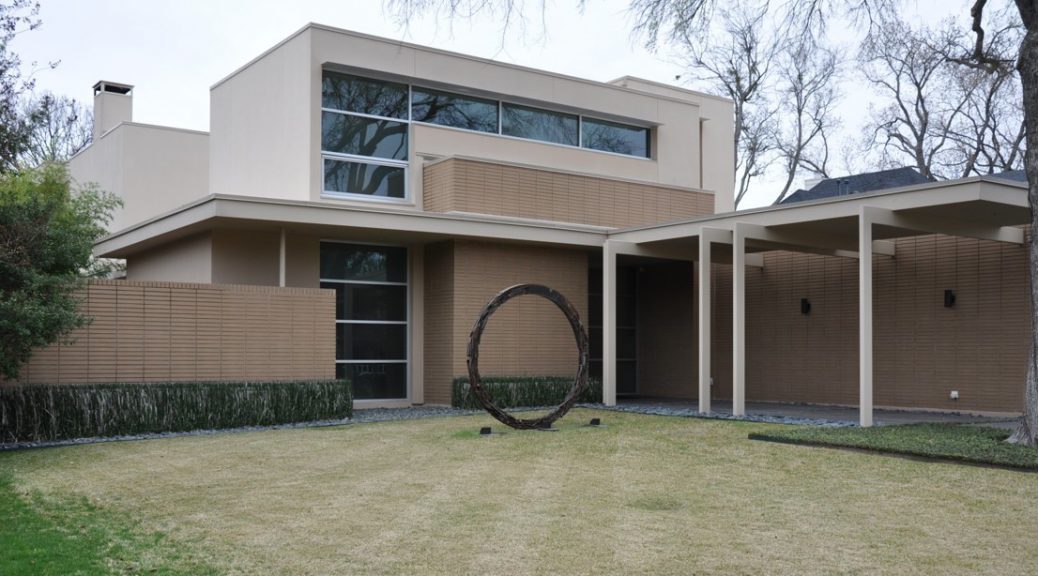Properly siting sculpture outdoors is a process that requires many considerations. In this article titled, Siting Sculpture: Part Two, A Case Study, I will introduce 8 categories of issues that may, or may not affect the decision on where and how an artwork is to be placed. As most every artwork is different, each category will play a greater or lesser role in this process.
My stepmother Erika Farkac ran the Design Department of Lambert Landscape Company, once considered the finest landscaping company in Texas, for over 20 years and then worked independently for another 22. She once told me that in every garden design she created while at Lambert’s, she always included a space for a properly sited sculpture. She also said that only about one in a hundred design clients actually used that space for a sculpture, other than occasionally installing a fountain or something in concrete. So, when a client used the space she provided for a sculpture, to her, it was a small victory.

Siting / Lighting / Surroundings | Environment / Security / Safety / Maintenance / Disaster
As I did in Siting Sculpture, Part One, I have listed 8 categories to think about when deciding where to place a sculpture. Each can affect the viewer or the sculpture itself and all will affect every artwork installation in varying degrees. And by making sure that one of the categories is as good as it can be under the circumstances, this may necessitate paying more attention to the others. It is really about finding the best balance of the most important categories for each situation.
For example, a 5-inch-tall sculpture made of plastic that is sitting on a 40-inch stand against a wall may not be much of a safety risk in a home, but in a public place, it is a huge security risk. A 5-ton piece of steel with sharp edges and no barriers around it sitting in a retail mall hallway may not be a security risk, but it is a huge safety risk for those who may accidentally collide with it. Awareness and thinking through all the issues is what makes for a sculpture’s best overall placement.
Most Designers will be thinking primarily about the first three categories on the list as they deal mostly with aesthetics. The other categories are more practical in nature and the ask is: “By placing a sculpture here, what can, and what will happen to it over time.”
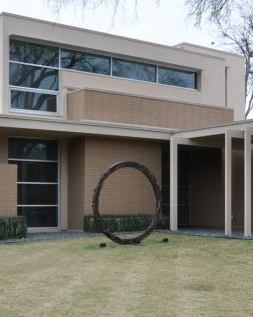
As an example, I will use an image from the first blog of an outdoor sculpture, sited in front of a modern house, to discuss how each of the categories apply or why they are not overly important in this circumstance.
First off, I have to say I really like the concept of putting a large round bronze sculpture in front of this modern home that is all about rectilinear form. Although it stands alone as a sculpture, it more importantly acts as a foil for the hard edges of the building behind while adding an appropriate shape to the building’s geometry.

Siting:
As you can see, the owners of this house decided to site the sculpture in the front yard. They lined it up with the front window of the house so it could be easily seen from inside, and the other side could be seen from the street with the house as a backdrop.
It was also installed to sit in the grass with its supporting base hidden below ground. By doing this, to an observer, the sculpture appears to be balancing miraculously on its edge. One of the best street views is where the photograph above is taken because of the square section of the house that serves as a background here.
The wall to the left of the large window is also a nice background. It would be seen behind the sculpture as a visitor walks down the portico to the front door. As the viewer heads towards the door, a kinetic illusion is created as the sculpture appears to roll away and get bigger in relation to the long wall behind it.
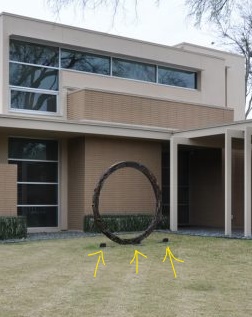
Lighting:
Three lighting fixtures were arranged in a row to light the street side of the artwork. They were placed above ground and their color was chosen to blend in with the artwork. With this installation, I would have recommended that the lights be recessed into the ground and that there be three more lights on the backside so the work could be seen at night from the house.
Because the three existing fixtures were placed above ground and focused up and slightly back to illuminate the street side of the sculpture properly, anyone looking out the window at night will see nothing but shadow and glare from the lights on the street side of the sculpture. There would be no glare from any of the lights and the sculpture would be well lit if all the lights had been installed below ground level.
Surroundings:
The surroundings for this sculpture are very good. During the day, nothing is obstructing the view of the sculpture and it is easily visible from all directions. Because there are no paths to, or near the sculpture, the closest view is from the portico unless you venture off into the yard. The sculpture appears isolated, floating in the front yard’s sea of green grass. The only oddness is the three lights poking up, interrupting the space around the sculpture.
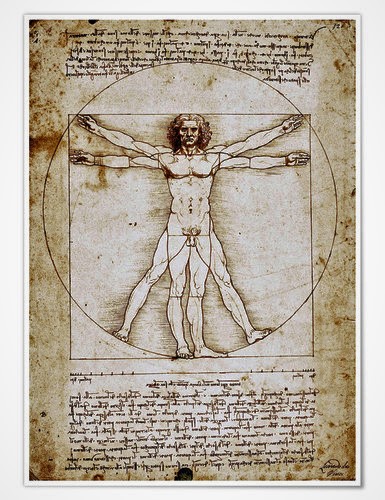
Since there are no barriers, it can be approached by animals looking for a place to mark or relieve themselves, or humans that want to get a closer look who will unintentionally wear paths in the grass. This type of sculpture, sited in a location like this, is what I call “Selfie Bait.” With no barriers for protection, it is an open invitation for people to climb inside the ring to mimic Leonardo da Vinci’s Vitruvian Man for an Instagram post.
Environment:
This artwork will be in full sun most of the day and will be exposed to all the elements the weather can throw at it. Over time, if it is a waxed bronze, left alone, its brown patina will slowly turn green.
Security:
Most people would be concerned that an artwork in such a public space would be stolen. This is always a possibility, but if it’s insured, I would not be overly concerned. The pleasure of living with it and sharing it with my neighbors would trump my concerns if it was mine. There is also the possibility of vandalism, or even neighborhood kids, flying drones through it or using it as a target for any number of ball games.
Safety:
Because of the hazards and inconsiderate people mentioned above, the connection between the base and the sculpture itself needs to be strong enough to have a 200 plus pound person climb and swing from it. The area of the base itself needs to be large and heavy enough to withstand this kind of abuse. You don’t want a child to get hurt because it fell on them. It is also a good idea to check that your liability insurance is paid up.
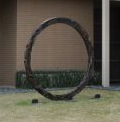
Maintenance:
Most every sculpture, especially those placed outside, will need occasional maintenance. In this case, a bronze sculpture with this level of exposure to the elements would need to be washed off and waxed at least once a year to maintain its patination. As mentioned earlier, depending on the composition of the bronze used, it will start turning green fairly quickly when the wax has been worn off by the elements.
The idea of having the siting of this sculpture create the illusion that it is balanced on its edge is conceptually appealing. However, having it, or any artwork for that matter, sit directly on grass is a maintenance nightmare unless you have your own private gardener who is willing to hand clip the grass around it once a week during the growing season, or you are willing to do it yourself. In time, a maintenance crew, that may change from week to week, with weed whackers can do serious damage to both the artwork and the lights next to it.
I would have recommended that they skip the idea of balancing the work on the grass and set the work on a brick or concrete base that would accommodate the lights inside it. This way, it would be easy to keep the grass trimmed and the work would not be accidentally damaged by the landscaping crews in the process.
A less expensive option would have been to place the artwork in a bed of ground cover. This maintains a natural setting for the sculpture but protects it from most types of mechanical damage. And if the ground cover was cactus, it would keep unwanted intruders away, but unfortunately, make that yearly waxing a challenge.
Disaster:
The design of this sculpture, and where it is sited, make it immune to most types of natural or man-caused disasters. In its current location, high winds and lightning are its most likely issues but in Dallas, Texas, fire, earthquake, and flood are probably not going to be issues. Because this sculpture has very little surface area for its size, high winds are probably not going to be an issue outside of a direct hit by a F5 tornado and there would be a low risk of a lightning strike. It is actually more likely, that this sculpture will be hit by an out of control automobile than be damaged by any of these other issues, but it is a good idea to think through what could happen for each proposed location.
As it was with my stepmother, I am also pleased to see a house where sculpture has become part of the landscape plan, especially when a work is shared with the community by being placed in a front yard. This is a brave and possibly dangerous act, however. The neighbors probably don’t care about the house next door having a sculpture in their back yard where it is not on public view, but they may not like the fact that their neighbor has decided to impose their taste on them by placing a sculpture in their front yard, where it is visible to all who pass by. It is not a bad idea to keep the neighbors in the loop if you feel the sculpture you are planning to put in a publicly viewed space might be controversial.
If you are not comfortable placing sculpture yourself, be sure to enlist the help of a professional art installation company to work with you to site the piece properly. Many of these companies employ artists and they will be sensitive to your needs and the needs of the work. It is not a bad idea to run through the list of items above with installers to be sure that all the issues are considered before a placement is finalized.
*****
To see all available FAE Design Blog Posts, jump to the Design Blog Table of Contents.
To see all available FAE Collector Blog Posts, jump to the Collector Blog Table of Contents.
Sign up with FAE to receive our newsletter, and never miss a new blog post or update!
Browse fine artworks available to purchase on FAE. Follow us on Facebook, Instagram, or Twitter to stay updated about FAE and new blog posts.
For comments about this blog or suggestions for a future post, contact Kevin at [email protected].
Other FAE informational posts you may find helpful:
Fine Art Insurance 101
 Practical Tips for Safely Transporting Artwork
Practical Tips for Safely Transporting Artwork
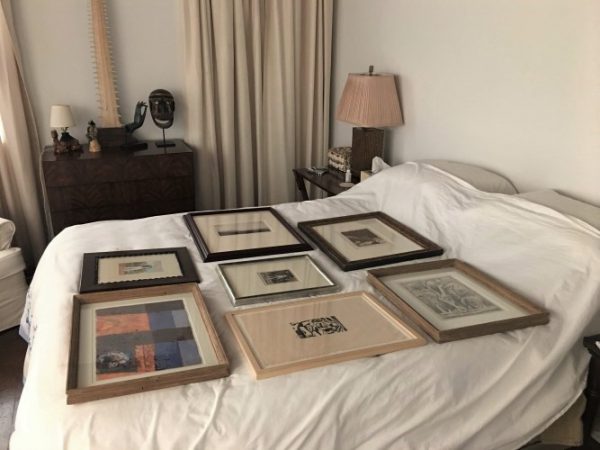 Temporarily Storing Artwork: A Case Study
Temporarily Storing Artwork: A Case Study
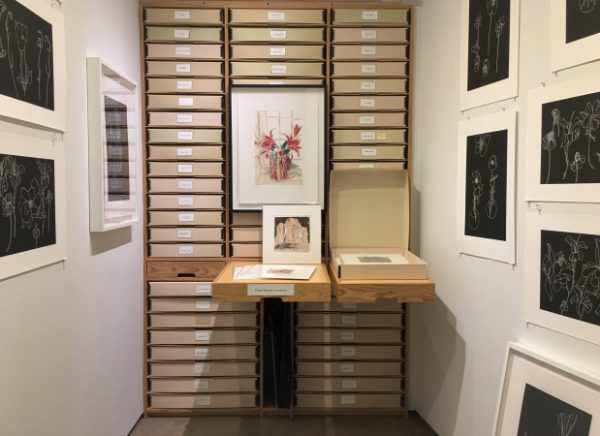 Four Artwork Storage Solutions
Four Artwork Storage Solutions
 Hanging and Framing FAQ’s
Hanging and Framing FAQ’s
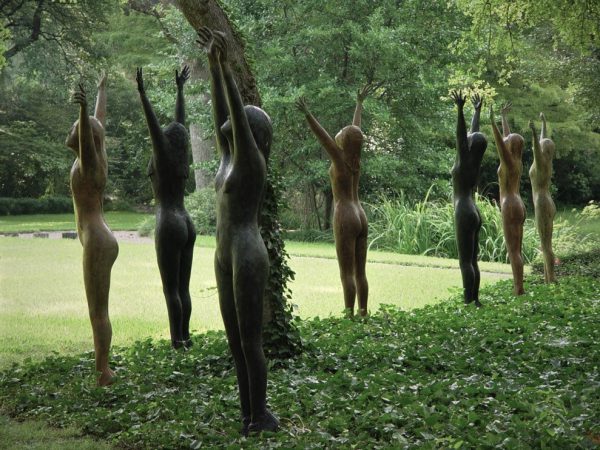 Siting Sculpture, Part One: Overview
Siting Sculpture, Part One: Overview
 Siting Sculpture: Part Two, A Case Study
Siting Sculpture: Part Two, A Case Study
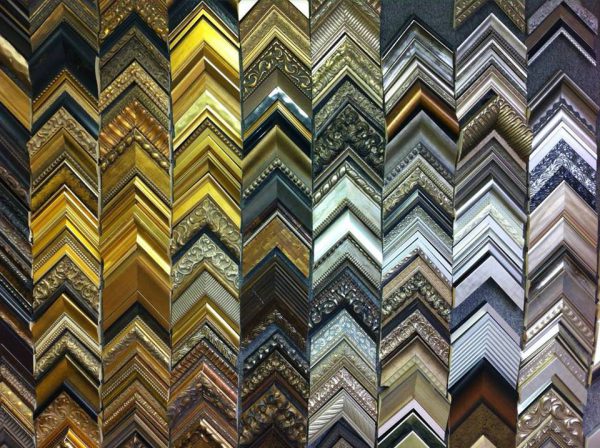 The Importance of a Proper Frame
The Importance of a Proper Frame
 When to Use UV Control Glazing
When to Use UV Control Glazing
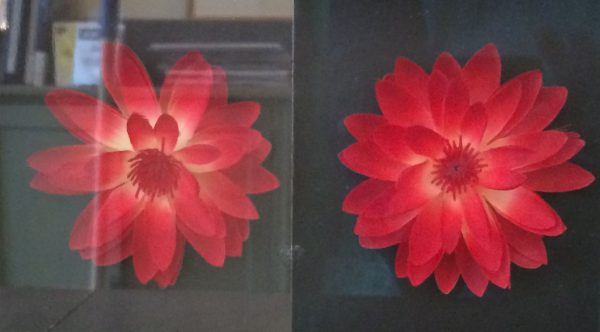 Reflection on the Problem of Reflections
Reflection on the Problem of Reflections
